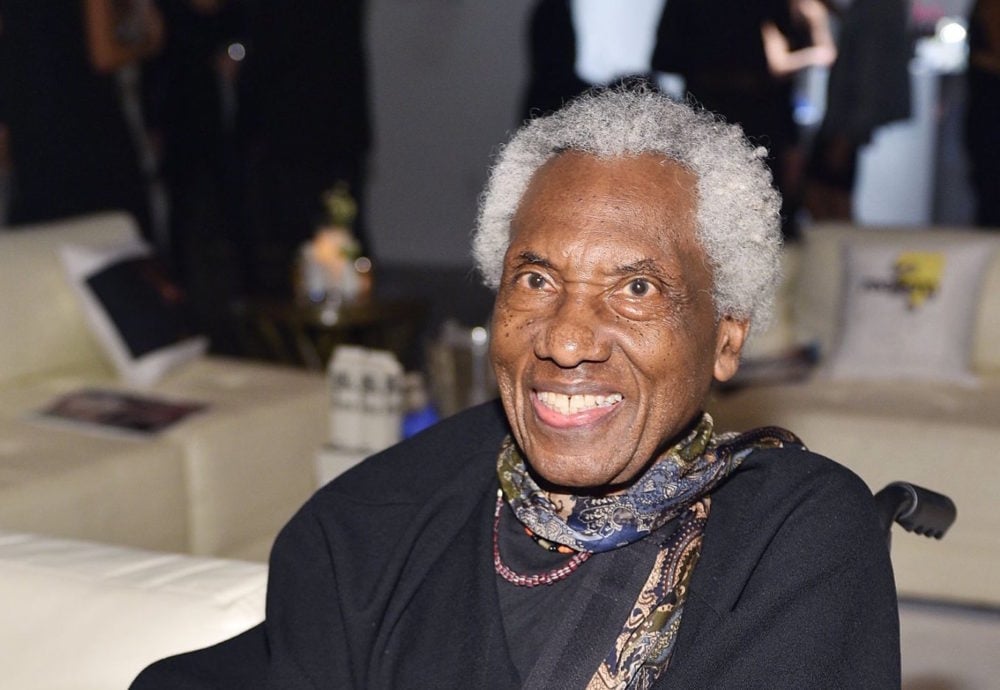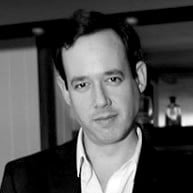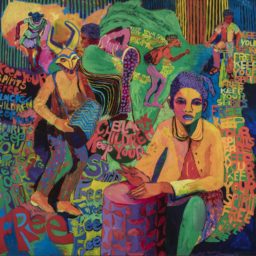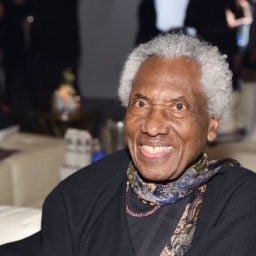The artist John Outterbridge has died in Los Angeles. He was 87. His passing was announced by his daughter, Tami Outterbridge, and shared by Tilton Gallery, which represented Outterbridge since 2006. No cause of death was given.
Since the 1960s, Outterbridge was a pioneering figure in LA, serving for decades as the director of the Watts Towers Arts Center and working as a community activist alongside artists such as Noah Purifoy.
In the 1990s, he left Watts Towers to focus on his own practice, which often took the form of assemblages and sculptures that fused the aesthetics of folk art with social commentary on Black American life. He created doll-like figures from discarded objects and found materials, fabrics and scrap metals, wood and old clothes.
“Sometimes you ask yourself, ‘What is art? And what do I care what it is called and what it becomes?'” Outterbridge said in an interview with Art in America in 2013. “The only thing I know about it is that sometimes it has a tendency to shake me up and to shake what is around me up.”
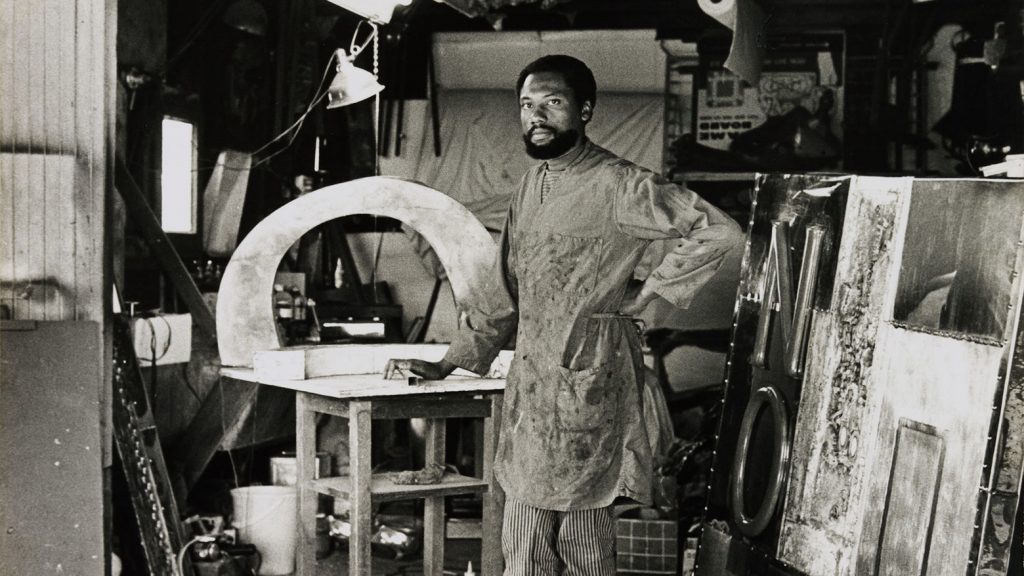
John Outterbridge in his studio. Photo courtesy the Hammer.
In 1994, Outterbridge represented the United States in the São Paulo Biennial alongside fellow LA assemblage pioneer Betye Saar. In 2011, he had his first solo show since the 1960s, at LAXART as part of the Pacific Standard Time initiative; he made a site-specific installation from rags found on the streets of Los Angeles.
More recently, he’s been featured in some of the most celebrated traveling museum surveys of the past few years, including “Soul of A Nation: Art in the Age of Black Power,” “Outliers and American Vanguard Art,” and “Now Dig This! Art and Black Los Angeles.” His work was also included in the central exhibition at the 2013 Venice Biennale.
Outterbridge was born in Greenville, North Carolina, and attended North Carolina A&T State University in Greensboro. After graduation, he enlisted, and after the army, ended up in Chicago studying at the American Academy of Art, then focusing on commercial art and illustration.
He began experimenting with form when he relocated to Los Angeles in the 1960s, and in 1965, he exhibited pivotal works made from the detritus of what was destroyed in the Watts rebellion. As a young artist in Los Angeles, he befriended David Hammons and Senga Nengudi, and would often act as a driver for Charles White, who was suffering from health problems during his deeply influential tenure as professor at the Otis College of Art and Design in Los Angeles.
While serving as director of Watts Towers, Outterbridge taught at the Compton Communicative Arts Academy. He also worked as an art handler at the Pasadena Art Museum, now known as the Norton Simon Museum, where he met Richard Serra and Robert Rauschenberg and befriended Mark di Suvero, who would leave him his tools when he left Los Angeles.

Captive Image #4, from the Ethnic Heritage Group, c. 1974–76
Collection Lyn Kienholz, Los Angeles. Photo by Ed Glendinning. Photo courtesy the Hammer.
In 2015, the Hammer organized a solo exhibition of Outterbridge’s work that was staged at Art + Practice, the art space founded by Mark Bradford in the Leimert Park neighborhood of Los Angeles. It traveled to the Aspen Art Museum in 2016.
Outerbridge’s works are in the collections of such institutions as the Museum of Modern Art in New York, the San Francisco Museum of Modern Art, the National Gallery of Art in Washington, DC, and the Los Angeles County Museum of Art.
“The strength of the work reflects the man; John was a friend, a philosopher and a mentor who will be sorely missed,” Tilton Gallery wrote in the email. “We extend our profound condolences to all of the family.”
An online memorial service will be announced in the coming days.
